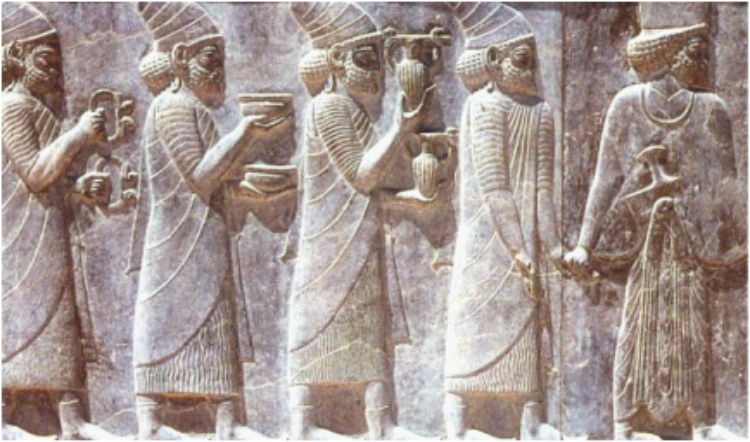
The Phoenicians were a seafaring race living along the Levantine coast and sailing beyond the boundaries of the known world. Though they invented writing, they left no written accounts of themselves so it is thanks to pottery remains and the breaking of the code on Malta’s ‘cippus’ that we know more about these shadowy people. […]

Tra il 1000 e l’800 a.C. i Fenici raggiunsero la Spagna e Malta che si trovava sul percorso. Apprezzavano Malta per i suoi porti, per la sua posizione centrale e per gli abbondanti rifornimenti.

Les Phéniciens étaient un peuple de marins vivant le long de la côte levantine et naviguant au-delà des limites du monde connu de leur époque. Bien qu’ils soient connus pour avoir largement développé, voir inventé l’alphabet, ils ne laissèrent aucun compte rendu écrit de leur histoire. C’est ainsi grâce aux restes de poterie et au […]

Die Phönizier waren ein Seefahrervolk das ursprünglich aus dem Libanon stammte, das mit ihren Seereisen die Grenzen der damals bekannten Welt überschritt. Obwohl sie eine Schrift erfunden hatte, haben sie keine schriftlichen Aufzeichnung hinterlassen. Dank Töpferwaren und dem Entschlüsseln von verschlüsselten Nachrichten auf Maltas „cippus“ wissen wir mehr über dieses geheimnisvolle Volk. Naturkatastrophen fanden am […]

The cippi of Malta are to Phoenician script what the Rosetta Stone is to Egyptian hieroglyphics, the key to finally decoding the world’s first written script. The cippi (plural of cippus) of Malta are a pair of ornamental pillars with engravings dedicated to the god Melqart, the most important Phoenician god. Around the 4th century […]

Malta’s highest archaeological remains attributed to the Phoenician period are found in the garden of the parish priest’s house at Zurrieq. Several courses of well-fitted sizable ashlar blocks, laid without mortar, form the two visible sides of a quadrangular structure. An Egyptian gorge cornice of roll and hollow moulding crowns these walls, the whole building […]

Set on a high coastal headland, visible from the sea and from other sites in Gozo and Malta, the Phoenician sanctuary at Ras il-Wardija was a landmark for boats sailing between the Malta and North Africa and is similar to magnificent Greek terrace sanctuaries..

This piece critically looks at the way ancient religion is, and can be (or cannot be), reconstructed on the islands of Malta and Gozo during the Phoenician and Punic periods
PHOENICIAN SETTLEMENT – HOW IT UNFOLDED IN MALTA* Claudia SAGONA Abstract: With fine harbours, central location and life sustaining provisions, the Maltese Archipelago may have played a significant role in the settlement of the western Mediterranean as a safe port of call. Stages in the colonisation process of the islands can be traced in the […]
designed and produced by Logix Digital